Last Updated on by Mitch Rezman
Apologies in advance, I’ll be stepping on some toes here. But first I will man up and say I don’t have a good answer, here’s why.
Pet bird keepers regardless of their avian resume cite all sorts of, “facts”. Certain species mature at this age, other species mature at another age.
A question I ask rhetorically all the time is, “If we have all these facts at hand – THE right cage size – THE right perch size – that pellets are the ONLY food parrots should eat…
In that we know so much about birds with certainty, why has captive bird ownership in the US done nothing but decrease for the past 10 years while bird rescue populations have done nothing but rise?
I need to finish the question for you. “At what age do captive-bred parrots fully mature?” Versus “At what age do wild-caught parrots fully mature?”
See, as captive bird keepers, we do a terrible job. Birds are all about sight, light, and flight. But what do we do? We clip their wings and keep them inside in dimly lit (5 pm sunsets in the fall) North American households with ever-changing seasonal lighting.
And how are you defining maturity? Are you talking about sexual maturity? I mean in general when Mother Nature isn’t surprising us, she will generally offer shorter lifespans for birds like budgies with sexual maturity in less than a year vs large parrots who may live 50, 60 years or more thus having sexual maturity as late as six or seven years – in the wild.
We bring these birds into our homes, change their anticipated environmental signals including being sexually attracted to humans in the household regardless of their age.
As an observer of bird behavior, either directly or within conversations of tens of thousands of captive bird keepers over the years, I feel improper lighting is as big a problem if not more so than proper nutrition.
I can tell you unequivocally from personal experience and from some of the top-rated avian veterinarians in the country that I can shut down a bird’s reproductive system simply by exposing the bird to 72 hours of constant light which disrupts one of a bird’s many circadian rhythms.
Editor’s note: This can bypass multiple $70 Lupron injections veterinarians recommend for any hormonal issues due to the lack of seeking additional solutions.
A bird’s hormonal system, like a bird’s reproductive system and the factors that signal a bird when it’s time to molt, are all based on light (cycles), plain and simple. The light defines a bird’s circadian rhythms.
Light is the stimulus for circadian rhythms and with birds, light can affect the system via three different pathways: the eyes, the pineal gland, and extraretinal photoreceptors located in the deep brain.
Circadian pacemakers in the pineal gland and in the eyes of some avian species communicate with the hypothalamic pacemakers via the rhythmic synthesis and release of the hormone melatonin.
BTW: Circadian rhythms are physical, mental, and behavioral changes that follow a roughly 24-hour cycle, responding primarily to light and darkness in an organism’s environment. They are found in most living things, including animals (humans too), plants, and many microbes. The study of circadian rhythms is called chronobiology.
The majority of living organisms have circadian rhythms based upon the 24 hour light cycle providing both light and darkness in said organism’s environment.
These rhythms affect behavioral and mental changes.
What happens when light cycles are altered?
editors note – reproduced from a now-forgotten website:
Often the hypothalamic pacemakers are unable to sustain persistent rhythmicity in constant conditions in the absence of periodic melatonin input from the pineal gland or the bird’s eyes. end
This means they have been hardwired to expect approximately 12 hours of light and 12 hours of darkness daily (equatorial light cycle), defining a bird’s circadian rhythms. One of the rhythms tells a bird what time it is more accurate than a Rolex. Another rhythm is a seasonal clock that tells the bird when to molt, when to mate, and when to migrate.
I implore captive bird owners to provide full-spectrum lighting on a timer to synchronize with a bird’s natural timing systems. Because we can shut down a prolific egg-laying bird with 72 hours of constant light we know that we have the ability to reset their circadian rhythms, tricking the bird’s reproductive system to turn off.
FYI: Further, birds can see ultraviolet colors humans cannot. Ultraviolet colors can sometimes be found in the feathers of another bird signaling a possible mate. For I don’t know – the past 50 million years or so that parrots have been found in equatorial regions of the earth.
Other answers from Quora to this question.
“It depends on the species, and in general varies by size. Hyacinth Macaws, for instance, are not considered fully mature until they are seven years old, but a cockatiel can begin breeding at 18 months.”
“I’m not sure what you mean by mature. Emotional maturation? I’d say never”
“Sexual maturity depends on the parrot species. My Amazon started soliciting sex from his toys around 5 years of age. Fortunately, our dinner guests rarely recognize what he is doing”.
“It depends on what type of parrot”.
Sorry to take you around the block but this begs the question, if one circadian rhythm is broken causing things like prolific egg-laying, we can’t possibly know when the bird matures because the bird doesn’t know itself. It’s getting bad signals from its environment physiologically and environmentally.
So at the end of the day, we have to work with what we have. We need to learn how to speak bird.
DYK we have an 8-year-old rescued Senegal. She’s been with us now for six months yet only three or four weeks ago, she start performing the skirt dance for me. You know the one that says let’s knock down a couple of shots and head into the bedroom.
I just want my birds to be happy. I want them to know what it feels like to fly. I want them to make unintelligible noises that crack us up. And if I have a single bird of a particular species I want him or her to be able to get through life happily even though never getting the chance to “hook up”.
Written by Mitch Rezman
Approved by Catherine Tobsing
Author Profile
Latest entries
 PigeonsJune 20, 2025How Do Parrots Thrive in Cities Outside Their Native Habitats?
PigeonsJune 20, 2025How Do Parrots Thrive in Cities Outside Their Native Habitats?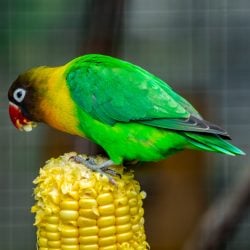 Feeding Exotic BirdsJune 20, 2025Is Corn On the Cob Safe for Pet Birds?
Feeding Exotic BirdsJune 20, 2025Is Corn On the Cob Safe for Pet Birds? Bird & Parrot AnatomyJune 19, 2025Would You Like a Comprehensive Guide for Training Your Bird?
Bird & Parrot AnatomyJune 19, 2025Would You Like a Comprehensive Guide for Training Your Bird?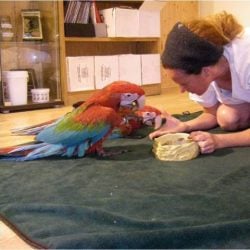 Feeding Exotic BirdsJune 19, 2025Here Are Three (Video) Strategies to Help Your Bird Forage
Feeding Exotic BirdsJune 19, 2025Here Are Three (Video) Strategies to Help Your Bird Forage
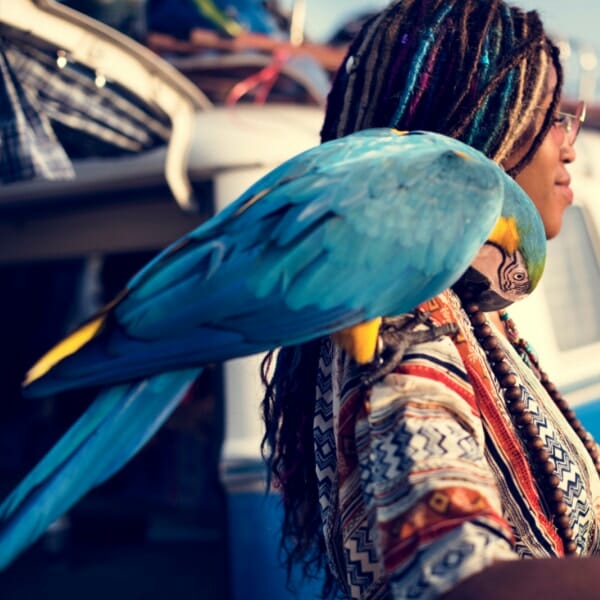
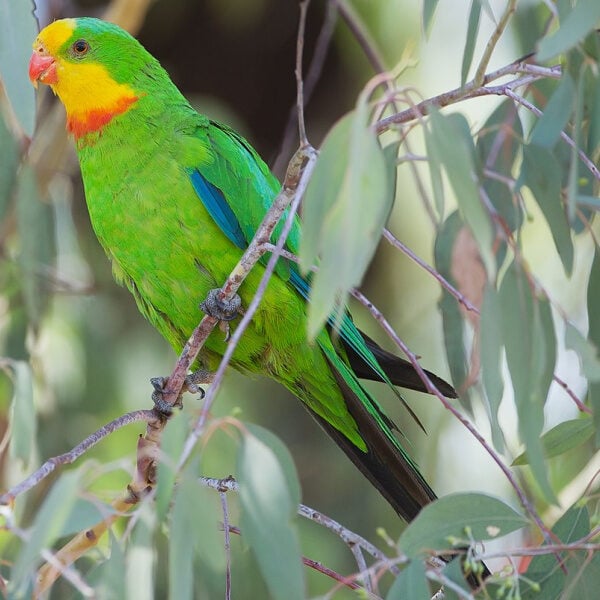
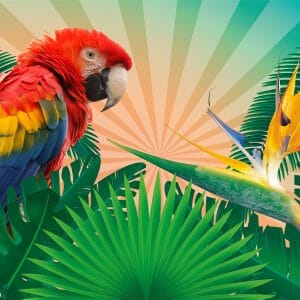
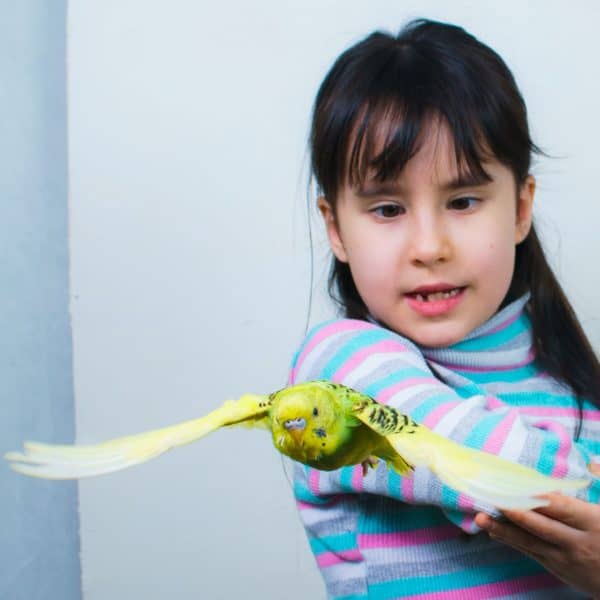

Kathleen Zapiec
16 Apr 2017I have a Citron Cockatoo that won’t eat any fruits or veggies. I keep offering them to him with no luck. He just 2years old. What do I do?
WindyCityParrot
16 Apr 2017You have to continue to test Kathleen. Fruits and vegetables is vague. It could be the fruit, the shape or the size vegetables are you serving them hot or cold? Peaches our Senegal parrot will only eat warm peas not cold peas. She likes warm pasta not uncooked pasta.
Start with something like an apple and try chopping it up into different pieces. With vegetables try things that your Citron can hold in its foot a longer string bean, have you tried warm corn? Try one thing at a time each day so you can figure out what he or she will embrace
Barb
16 Apr 2017My Senegal started humping my shoulder around 2yrs old. Becoming frustrated he began really biting me. I never let him on my body anymore, ever. He will be 18yrs this month and is handled with a stuffed toy he steps onto. Everything runs smoothly with he and I. I can see he wants to get on me still, but I have scars from when he did.
WindyCityParrot
16 Apr 2017Have you tried clicker training Barb I would start there